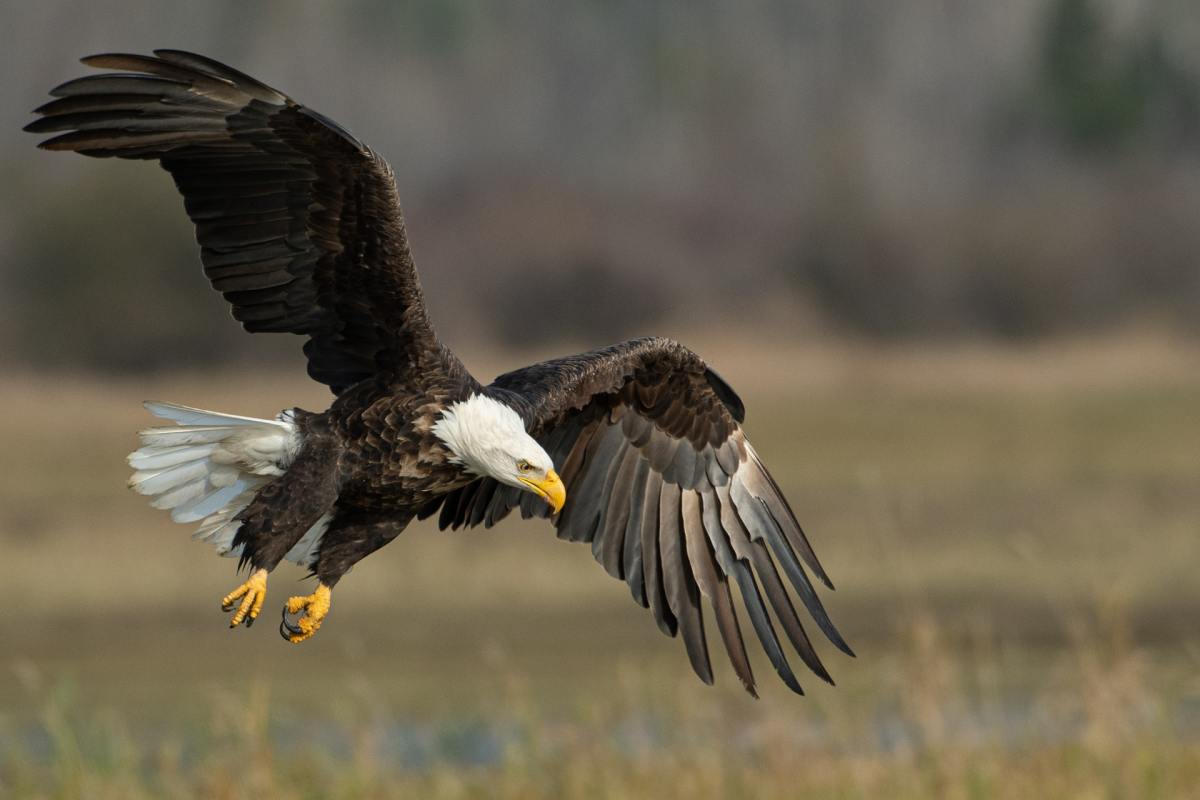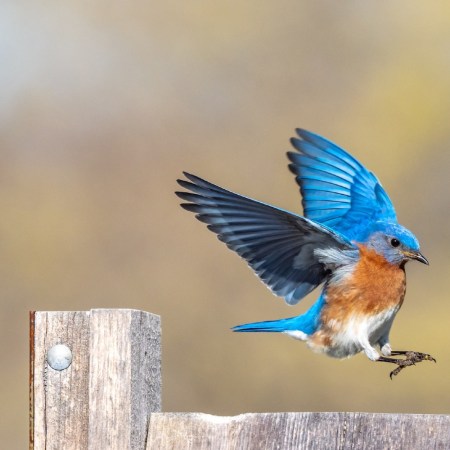If you’ve been following the recent history of bald eagles, you’ve nominally witnessed a case of a species being close to vanishing from the planet, only to have its populations grow dramatically. On its website, the U.S. Fish & Wildlife Service trumpets the growth of the nation’s population of bald eagles as “an American success story.” And an NBC News report from 2021 cited data showing that bald eagles were becoming more numerous in the contiguous United States.
By all accounts, this is excellent news. I can remember a time when the idea of bald eagles going extinct was a very real possibility; now, that seems a lot less likely. Unfortunately, that doesn’t mean that bald eagles don’t still face serious threats.
A new report from NPR discusses one that’s particularly pernicious — namely, lead ammunition. This isn’t as a result of hunters taking aim at eagles with firearms; instead, it has to do with animals that are shot and killed, then left in the wild. Lead ammunition, if left in an animal carcass, can effectively poison the meat, which in turn causes harm to the eagles that swoop down to devour it.
The study encompassed seven states and spanned 1990 to 2018. Its conclusion? Lead ammunition had impeded population growth by 4% to 6%.
The study, conducted by scientists at Cornell University, also suggested that lead ammunition could have adverse effects on other species that feed on dead animals. The article also offers some suggestions for hunters or lawmakers, including using copper ammunition and burying any organs removed as a result of field dressing.
Thanks for reading InsideHook. Sign up for our daily newsletter and be in the know.


















